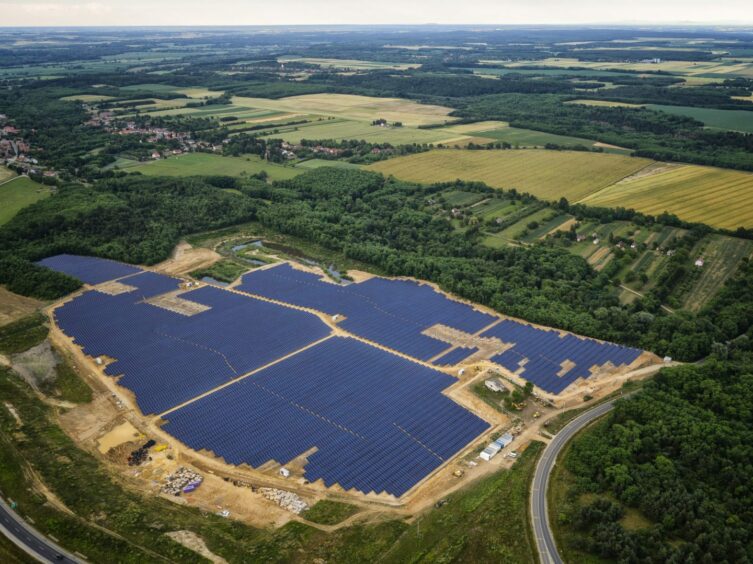
The oil and gas industry is taking a “passive versus proactive approach” the energy transition, according to a new report from Aecom.
The infrastructure company has published a report today setting out the state of the transition. The report, “Lost in transition?”, which used both quantitative and qualitative surveying methods, found that while some integrated oil and gas companies were building out renewable energy business, this was the exception.
“These are often relatively small compared to fossil fuel interests”, it said. The report went on to quote the International Energy Agency (IEA) statistic that low emissions technology received less than 5% that of the upstream spending.
Other industries are taking a larger role in the transformation, it said. While renewable energy companies are an obvious answer, the Aecom report also noted progress from the electricity and property sectors.
Oil and gas companies do not, though, seem concerned about the rate of return.
Aecom’s survey found that of the oil and gas respondents, only 35% were concerned about returns on new energy investments. The overall average was 48%, while 48% of power producers reported uncertainty and 57% of property respondents.
The oil and gas sector was also among the most confident that it had the skills needed to participate in the energy transition. Of those answering questions, 72% of oil and gas participants thought they had the needed skills, although 51% said they struggled to retrain the workforce in more digital and data-driven methods.
Cost pressures
Barriers to the transition include higher costs for equipment and higher energy costs. Looking to the future, the top concern for the transition was on higher interest rates.
This makes “project financing more expensive and increasing upfront capital costs for low-carbon projects. Cost inflation is exacerbating this trend, making the procurement of equipment and technology more expensive.”
Despite the challenges, Aecom CEO Troy Rudd highlighted the positives of the shift.
“The energy transition is broader than a shift to carbon neutrality. For many nations, it is also a path toward energy independence and security and, ultimately, to lowering the overall cost of energy. Already, utility-scale solar is the cheapest option for new electricity generation in most countries,” he said.
“Wherever you find yourself on the energy transition continuum, there are ways to close the gap between aspiration and implementation”.
Recommended for you

